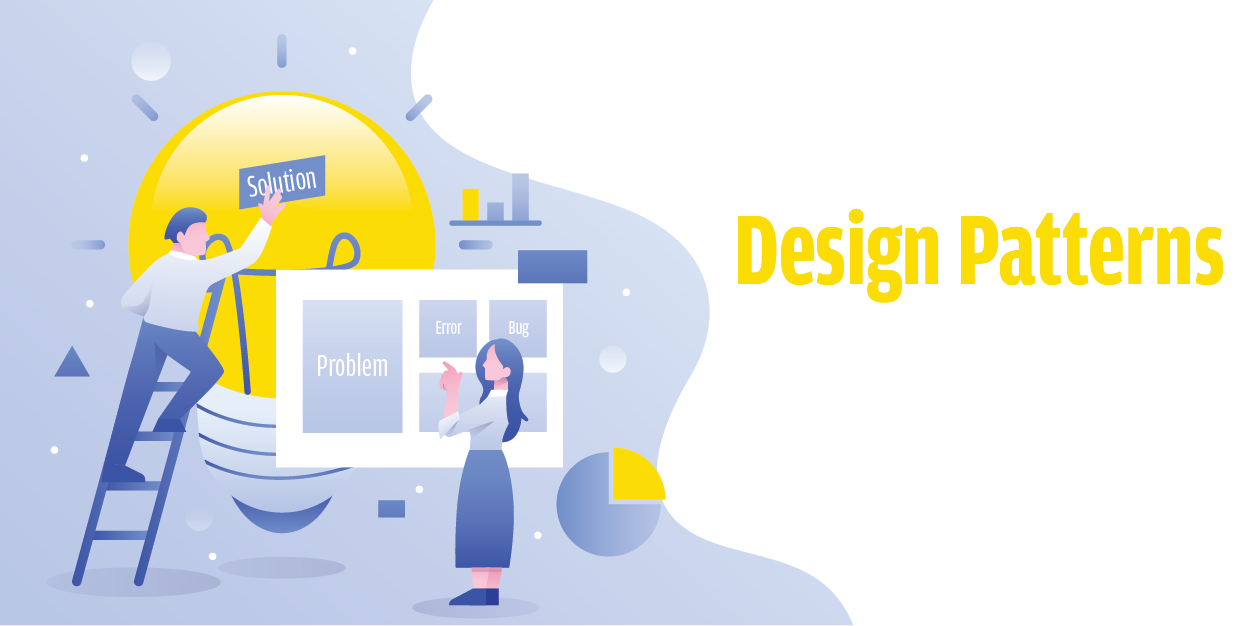
Building Solid Foundations with Design Patterns
Introduction
Design Patterns are proven solutions to recurring problems in software development. Understanding and applying these patterns can significantly enhance the quality, maintainability, and flexibility of your code. In this article, let's dive into the world of Design Patterns and explore how they can enrich your development arsenal.
The Singleton Pattern
Let's start with one of the simplest and most commonly used design patterns: the Singleton. This pattern ensures that a class has only one instance and provides a global point of access to that instance. I'll explain how the Singleton can be implemented and how it can be used to centralize important features in your application.
Observer Pattern
The Observer Pattern is essential for creating reactive systems. In this article, I will describe how this pattern allows an object, called the subject, to maintain a list of its dependencies, called observers, who are notified of state changes. This is particularly useful for event management in an application.
The Factory Pattern
Object creation can sometimes become complex. That's where the Factory pattern comes in. I will discuss how this pattern can be used to delegate the responsibility of object instantiation to dedicated classes, thus facilitating dependency management and code maintenance.
MVC (Model-View-Controller)
Although not a pattern in itself, the MVC model is a fundamental architecture that many design patterns complement. I will review the basic principles of the MVC model and show how some design patterns, such as Observer and Strategy, can be used in tandem to build robust applications.
Conclusion
Design Patterns offer elegant and effective solutions to software development challenges. By understanding when and how to apply them, you can greatly improve the quality and maintainability of your code. Explore these patterns, experiment with them, and see how they can transform your approach to development.